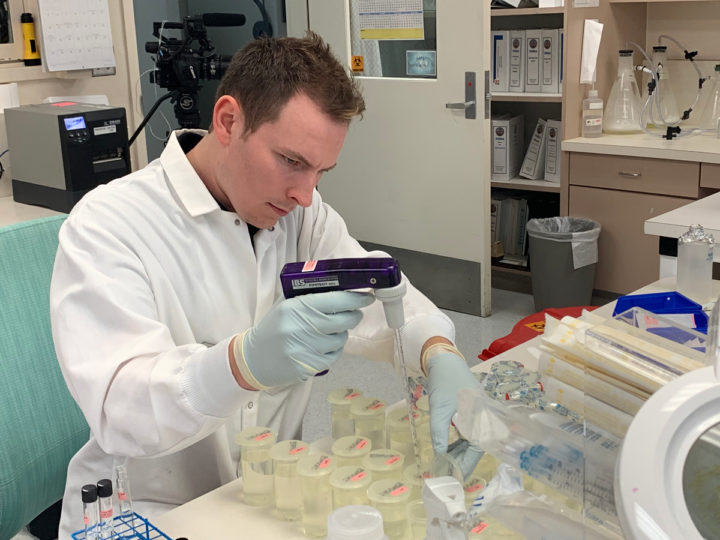
San Diego County’s Board of Supervisors voted Wednesday to authorize the County’s Department of Environmental Health to carry out an agreement with the state for $348,000 to help fund the County’s beach water quality program.
The County’s beach water quality program protects residents and visitors year-round by testing and evaluating water conditions for harmful bacteria levels at more 90 local beaches and bays, posting beach conditions and is paid for by a variety of state and federal funds.
Warning and/or beach closure signs are posted at beaches when bacteria levels are above safe levels, for example, when rains carry bacteria to beaches in stormwater runoff or when sewage spills occur. Beach warning signs also include QR codes that people can scan with their smartphones to find the nearest clean beach. The public can see all beach conditions and whether the water is safe for swimming and playing in on an interactive map on San Diego County’s “Check In Before You Get In,” web app and sdbeachinfo.com.
 The County’s beach water quality program is expected to cost $546,101 this fiscal year, which started July 1, 2018 and ends June 30, 2019. The $348,000 from California’s State Water Resources Control Board pays a portion, with the remaining $197,000 also coming from the state in the form of dedicated tax revenues created by the California’s 1991 health realignment act. The $348,000 from the water resources control board is a combination of state and federal money; $188,000 in federal funding and $160,000 from California’s Public Beach Safety Grant Program.
The County’s beach water quality program is expected to cost $546,101 this fiscal year, which started July 1, 2018 and ends June 30, 2019. The $348,000 from California’s State Water Resources Control Board pays a portion, with the remaining $197,000 also coming from the state in the form of dedicated tax revenues created by the California’s 1991 health realignment act. The $348,000 from the water resources control board is a combination of state and federal money; $188,000 in federal funding and $160,000 from California’s Public Beach Safety Grant Program.
Department of Environmental Health personnel typically collect and analyze 45 samples every week from beaches and bays along the San Diego County coastline from April 1 through Oct. 31, the typical beach season. DEH also serves as a clearinghouse for samples collected and tested by cities and other wastewater agencies to account for more than 90 beaches in all.
DEH posts warning and closure signs when any beach sample tests above safe levels, and reports beach conditions online for the public to see, making sure beach goers know when and where they can safely swim, surf and play in the water. Sampling and testing is done at roughly 70 locations during less-busy winter months.
Source: San Diego County News Center




